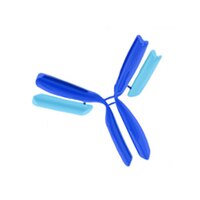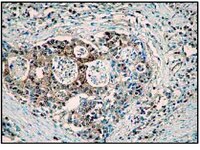Activated Cdc42-associated kinase 1 (Ack1) is required for tumor necrosis factor-related apoptosis-inducing ligand (TRAIL) receptor recruitment to lipid rafts and induction of cell death.
Linderoth, E; Pilia, G; Mahajan, NP; Ferby, I
The Journal of biological chemistry
288
32922-31
2013
Show Abstract
TNF-related apoptosis-inducing ligand (TRAIL) holds promise for treatment of cancer due to its ability to selectively kill cancer cells while sparing normal cells. Ligand-induced translocation of TRAIL receptors (TRAIL-R) 1 and 2 (also called DR4 and DR5, respectively) into lipid raft membrane microdomains is required for TRAIL-induced cell death by facilitating receptor clustering and formation of the death-inducing signaling complex, yet the underlying regulatory mechanisms remain largely unknown. We show here that the non-receptor tyrosine kinase Ack1, previously implicated in the spatiotemporal regulation of the EGF receptor, is required for TRAIL-induced cell death in multiple epithelial cell lines. TRAIL triggered a transient up-regulation of Ack1 and its recruitment to lipid rafts along with TRAIL-R1/2. siRNA-mediated depletion of Ack1 disrupted TRAIL-induced accumulation of TRAIL-R1/2 in lipid rafts and efficient recruitment of caspase-8 to the death-inducing signaling complex. Pharmacological inhibition of Ack1 did not affect TRAIL-induced cell death, indicating that Ack1 acts in a kinase-independent manner to promote TRAIL-R1/2 accumulation in lipid rafts. These findings identify Ack1 as an essential player in the spatial regulation of TRAIL-R1/2. | 24085293
 |









